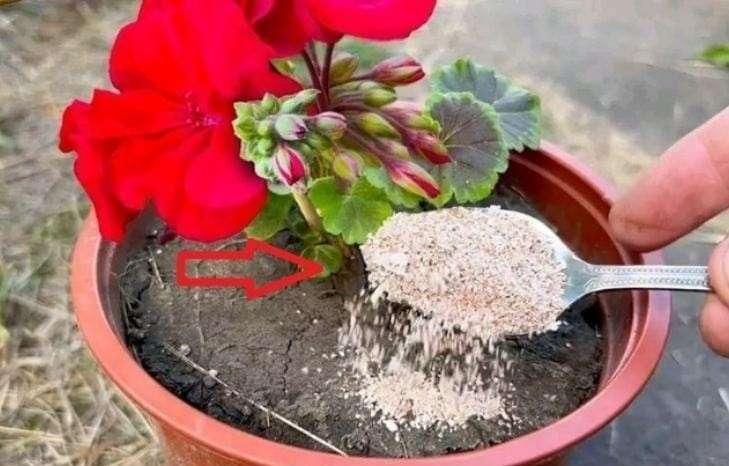ADVERTISEMENT
The scientific name for the peace lily is Spathiphyllum, and it’s a tall symbol of calm seen in indoor plant collections. This verdant beauty, which is native to South America’s warm and humid woods and several other tropical places, thrives inside with careful attention. Here’s a valuable nugget of wisdom if you want to watch those perfect white petals unfold.
Like all plants, the peace lily grows best in a combination of sunshine and water, but because of its specific characteristics, it needs extra attention. It demonstrates its versatility even as an interior plant, flourishing happily in both bright and shady environments. Still, controlling the quantity of light and shade it gets will keep its leaves lush and stop them from drying up. Its peak flowering season, which spans from May to October, offers a breathtaking display of blooms.
How to Maintain Your Peace Lily:
Annual Repotting:
As it becomes older, this plant will continue to enjoy a springtime soil change. All mature plants need is a 4 cm deep top layer soil refresh. In the spring, think about adding specialized fertilizer for green plants to the soil. When repotting, make sure that the drainage is adequate to prevent water stagnation.
Focus on Foliage:
Because they are native to tropical regions, peace lilies love wetness. A well-watered plant will bounce back quickly after being neglected. If the watering of your peace lily is protracted and it seems dry, submerge its pot in a tray of water for a few hours to bring it back to life. To keep the plant healthy, regularly remove any wilted or dead leaves.
Hygiene and Humidity:
Pests find a dry peace lily to be a welcoming home. Its ambient humidity will be increased by often spraying its leaves and keeping them dust-free, which will keep those annoying bugs away.
Continued on next page
ADVERTISEMENT
ADVERTISEMENT
